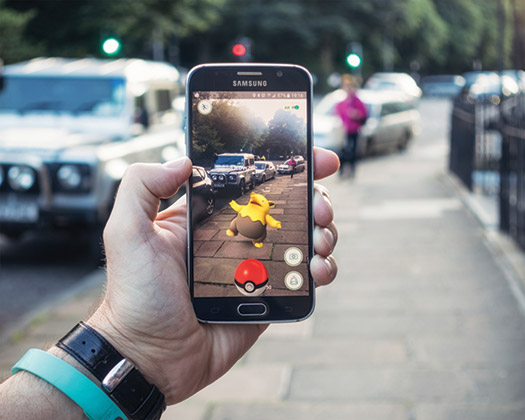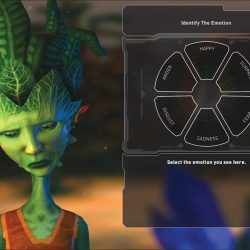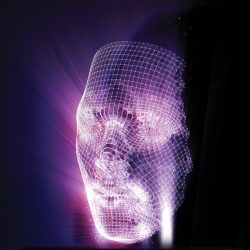Pokémon Who?
Even if you didn’t spend the summer desperately seeking a Dratini, you’ve surely heard of Pokémon Go, the augmented-reality game that captured audiences when it was released in July. As reviews came in, there was overarching praise for the physical nature of the game — Vox.com called it the “greatest unintentional health fad ever.” But before Pokémon Go, a very similar augmented-reality game was developed on campus.
Researcher David Gagnon ’04, MS’10 and his team at the Wisconsin Institute for Discovery’s Field Day Lab created Kkomoman in 2012. Their mission was to use smartphone technology to get kids moving. “How do we leverage this GPS-based technology that we’ve got,” Gagnon asks, “and create games that are intentionally designed to get kids to run around?”
In Kkomoman, a user has to be the first to arrive at a location to battle and catch the Kkomoman. In Pokémon Go, creatures show up in various locations and are caught by throwing virtual Pokéballs.
Gagnon welcomes the comparison. “It’s super honoring,” he says. “It’s really exciting to start thinking about ways that place and computers and information can start to intersect. Pokémon Go just gives us a shadow of that.”
Published in the Winter 2016 issue




Comments
No comments posted yet.